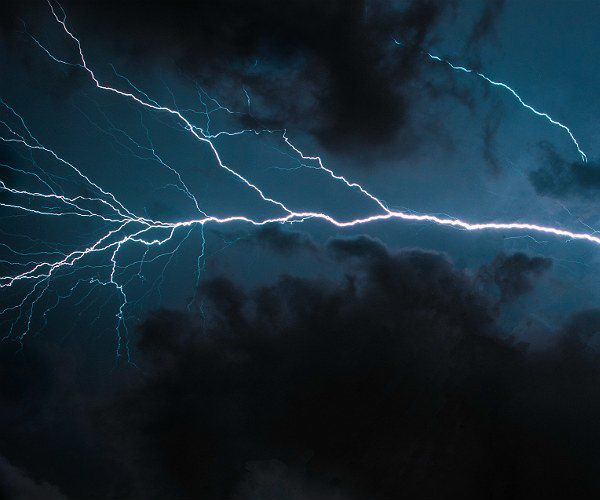Where and When Lightning Strikes Aircraft

Lightning remains one of the most unpredictable hazards in aviation, often striking in conditions pilots do not consider threatening. A notable example occurred in October 2014 when a United Airlines Boeing 787 departing London Heathrow was hit just six minutes into its flight by a bolt from a stratus cloud, not a thunderstorm. The strike blanked three of five primary flight displays and disabled the captain’s windshield heat, forcing an emergency return.
On November 15, a Swiss International Airlines Airbus A330-300, registration HB-JHA performing flight LX-18 from Zurich (Switzerland) to Newark,NJ (USA) with 120 people on board, was descending through about 11000 feet towards Newark when the aircraft received a lightning strike prompting the crew to request priority. The aircraft continued for a safe landing on Newark’s runway 22L about 15 minutes later.
The airline confirmed a lightning strike, as a precaution the crew requested a priority landing. Maintenance detected traces of a lightning strike, the return flight was cancelled and the passengers rebooked onto other flights.
Passengers reported cabin crew were just performing the final checks for landing when a loud bang and bright flash occurred, a burning smell on board developed and disappeared again. The flight crew announced they had just received a lightning strike, all systems were working normally. The aircraft was received and checked by emergency services after landing. The aircraft is still on the ground in Newark about 32 hours after landing.
NASA’s Earth Observatory Research
Research shows lightning strikes are far more common—and more surprising—than many realize. According to NASA’s Earth Observatory, lightning occurs far more frequently over land than over oceans, and is most intense near the equator where strong daytime heating drives storm formation.
The hotspot of this phenomenon is central Africa. In parts of the Democratic Republic of Congo (DRC), especially the East African Rift region, lightning flash densities reach more than 150 strikes per square kilometre per year—one of the highest rates on Earth. Meanwhile, another extreme lightning zone lies over Lake Maracaibo in northwestern Venezuela, where nocturnal storms can generate over 230 flashes per square kilometre per year.
Even more eye-opening: aircraft data indicate many lightning strikes hit planes during apparently calm conditions. A detailed study of more than 500 incidents from the Federal Aviation Administration (FAA), NASA and the UK Civil Aviation Authority revealed 63 % of lightning strikes occurred when pilots reported little or no adverse weather, and some aircraft were struck up to 25 miles from any radar return. Light or moderate precipitation was present in only a small fraction of cases.
Additionally, earlier aviation studies show most strikes happen below 23,000 feet, often within clouds and accompanied by little turbulence—meaning pilots can be caught off guard even in “safe“ looking skies.
These findings underscore a key point: lightning remains a wild card in aviation, a capricious and random hazard that even the most experienced aircrew must always respect.
Related News: https://airguide.info/?s=lightning, https://airguide.info/category/air-travel-business/travel-health-security/safety/
Sources: AirGuide Business airguide.info, bing.com, aviationweek.com
